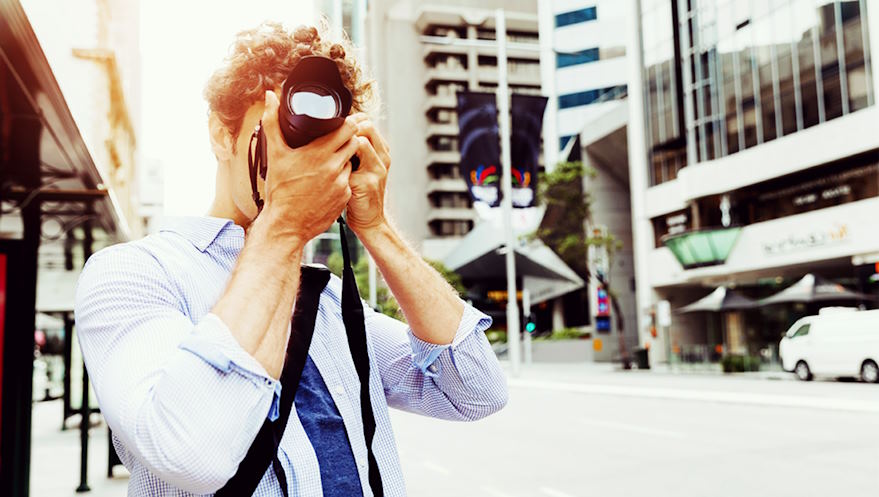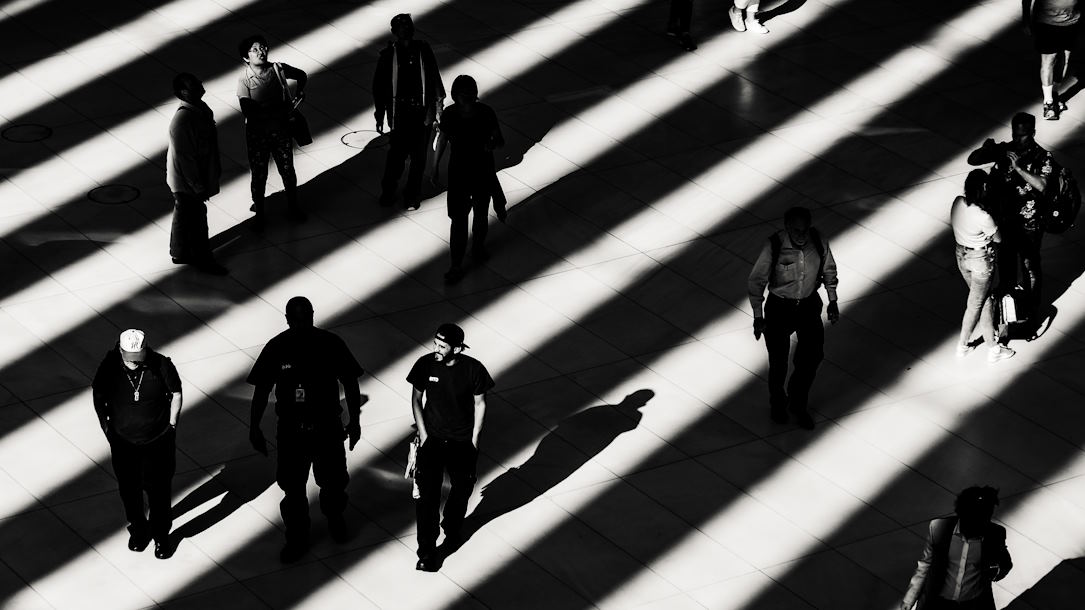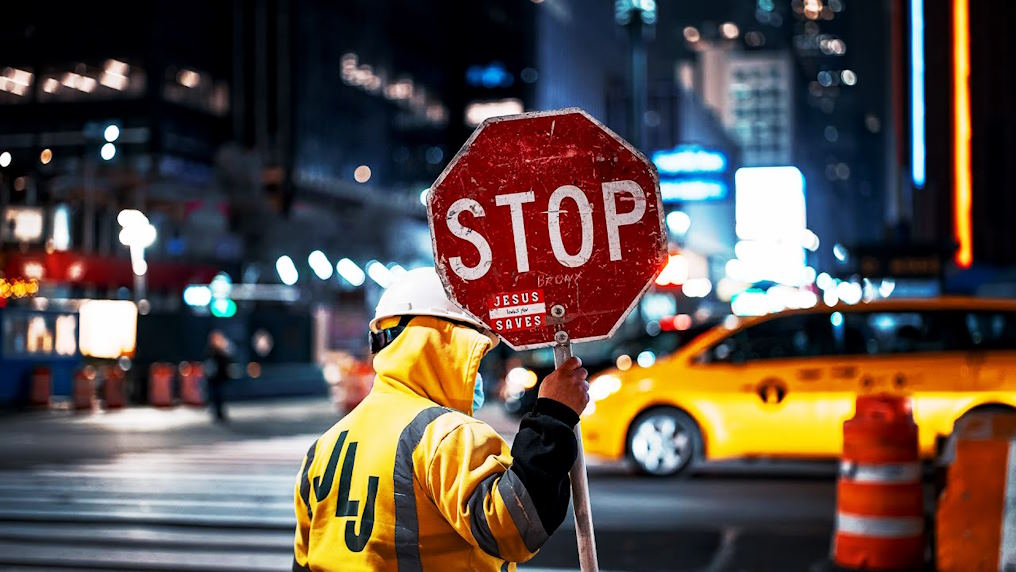Many photographers, whether new to the craft or seasoned veterans, find themselves susceptible to certain pitfalls that can hinder the impact of their work. From technical mishaps to ethical considerations, understanding and rectifying these common mistakes is crucial for honing the craft of street photography.
Lack of Preparation
One of the cardinal sins in street photography is the lack of preparation. Whether driven by the excitement of a new location or the desire for spontaneity, neglecting to research and scout locations can result in missed opportunities. Successful street photographers understand the importance of knowing their environment intimately. This involves understanding the play of light, identifying potential subjects, and anticipating interesting scenarios. Furthermore, overlooking camera settings and equipment familiarity can lead to fumbled shots and lost moments. Street photography demands quick reactions, and being unprepared can mean the difference between capturing a decisive moment and watching it slip away.
Ignoring composition principles is another prevalent mistake that hinders the visual impact of street photographs. The rule of thirds, a fundamental guideline in photography, is often disregarded, leading to imbalanced and less engaging compositions. Street scenes can be chaotic, and photographers must actively frame their shots to draw attention to the essential elements. Additionally, poor framing and cluttered backgrounds can distract from the intended subject, diluting the power of the image. A cluttered background may undermine the clarity of the story the photographer intends to convey. To combat these issues, photographers must prioritize strong compositions that guide the viewer’s eye and effectively communicate the intended narrative.

Fear of Getting Closer
The fear of getting closer to subjects is a hurdle that many street photographers face. Timidity and the apprehension of invading personal space can result in distant and disconnected images. Street photography thrives on intimacy, allowing viewers to feel a connection to the subjects and their stories. Overcoming the fear of approaching subjects is essential for capturing authentic and emotionally resonant moments. Building confidence through practice and gradually pushing one’s comfort zone can lead to more compelling and engaging photographs. A closer proximity allows photographers to immerse themselves in the scene, capturing the nuances of facial expressions, gestures, and emotions that make street photography so captivating.
Neglecting Light and Shadows
Light is the lifeblood of photography, and neglecting its significance can lead to lackluster street photographs. Ignoring the natural play of light and shadow can result in images that lack dimension and visual interest. Successful street photographers pay attention to the direction and quality of light, utilizing it to enhance the mood and atmosphere of their shots. Overexposure and underexposure are common technical mistakes that can be detrimental to the final image. Street scenes often present challenging lighting conditions, and mastering the interplay of light and shadows is essential for creating visually striking and impactful photographs.

Disregarding Ethics and Respect
Invasion of privacy concerns can arise when photographers fail to consider the impact of their presence on their subjects. Obtaining consent and being mindful of personal boundaries is crucial to maintaining ethical standards in street photography. While the genre thrives on spontaneity, photographers must strike a balance between capturing authentic moments and respecting the dignity and privacy of their subjects. Developing a code of ethics and adhering to it ensures that street photographers contribute positively to the cultural conversation without compromising the well-being of those they capture.
Relying Too Heavily on Post-Processing
In the digital age, post-processing has become an integral part of photography. However, relying too heavily on post-processing can lead to overedited and unnatural-looking images. Street photography is about capturing genuine moments, and excessive manipulation can strip away the authenticity of the scene. While post-processing can enhance certain elements of an image, it should not be a substitute for strong in-camera composition and storytelling. Photographers should strive to capture a compelling image from the start, using post-processing as a tool for refinement rather than correction.

